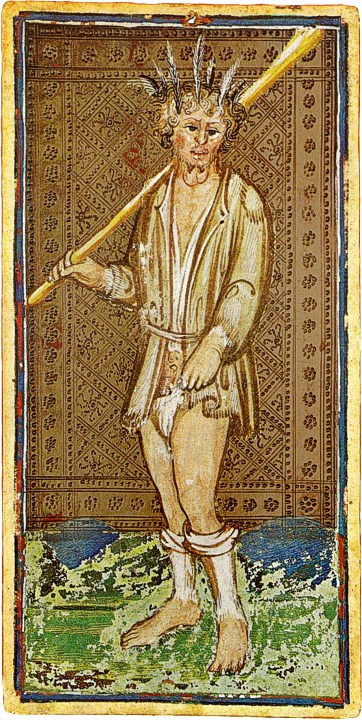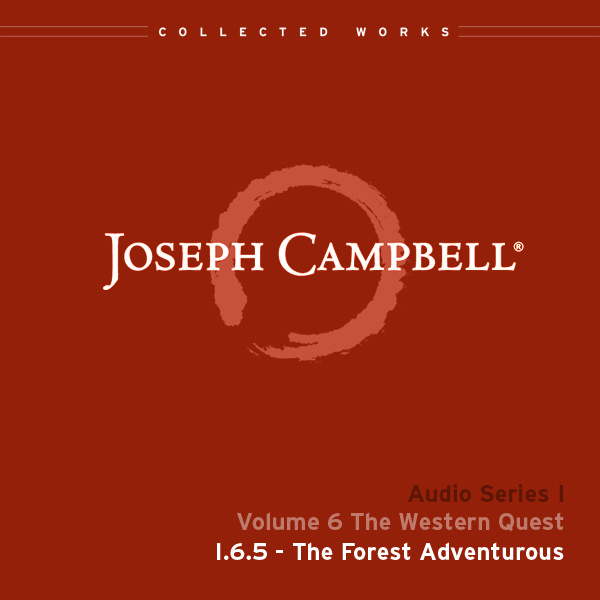Pareidolia, Paradox, and Playing the Fool: When Writing an Article Precipitates an Existential Crisis about Your Field

As I sat down to write this article, I delightedly cracked my metaphorical knuckles, savoring the irreverent opportunity to use the Fool as a symbol to push back against our cultural inclinations to embody rational responsibility in the beginnings of a new year.
In most tarot readings, the Fool represents new beginnings and journeys, heroic or otherwise. I think for most of us in modern Western culture, the impulse toward the unknown is almost immediately met by a need to chart a course, to have a plan, and to be mature enough to weigh the risks and potential consequences of starting something new. In the Rider-Waite-Smith tarot deck, often described as the “original tarot” deck, the Fool is a rather feckless, beautiful youth on the edge of a cliff, his purity reflected in the white rose he carries, with a small dog seemingly poised to keep his human from plunging into the abyss. It is simultaneously an image of possibility and constraint.
I instinctively want to poke at that staidness, to avoid what Campbell speaks of in his “Jung and the Tarot” lecture (Audio Lecture Series II.3.2 and II.1.6) when describing Jung’s insights into the inferiority complex: “a compulsion throughout one’s life to prove one’s self because one has been given the sense in early life that one is unable to do what one wants to do. Then every endeavor … becomes a field for testing or proving one’s self.”
Read more
Instead, I see the Fool as an invitation to leap headlong into wildness and into chaos without that sense of external validation or constraint. As Jungian analyst Sallie Nichols writes in Jung and Tarot, An Archetypal Journey,
“It is easy to see how the Fool’s emblem has become the symbol for the unmanifest destiny, from the primal chaos or void from which the cosmos and all its creatures arose.” (39)
Oh, yes. But, as it is in the way of myth, be careful what you ask for …
As I began to excavate further into the symbolism of the Fool in tarot, I found myself in an unexpectedly chaotic search for the meaning in these symbols: their source, their relative mythic antiquity (or lack thereof), and how that reflects my basic understanding of how we intersect with myths—both how we assign them meaning and value, and how they might come to be.
I am, at best, a dabbler in tarot. In my experiences with its use as a divination system, I have earnestly assumed that the symbols artist Pamela Colman Smith embedded in her art were closely reflective of a long tradition of an esoteric, arcane use of such cards as a way to extrapolate meaning. As I listened to Campbell’s lecture “Tarot and the Christian Myth: Four Suits of the Tarot,” in which he described his four-hour musing on tarot as something of a beginner, I was surprised to learn that the cards comprising the Rider-Waite-Smith tarot deck were the joint creation of early twentieth-century mystics, artist Smith, and her commissioner, Arthur Edward Waite, published by the Rider Company in 1909. The symbolism in these cards was likely predominately hers, in spite of being something of a forgotten partner in the project. (CNN) Earlier tarot cards were simply playing cards; the oldest surviving cards are the Visconti-Sforza deck, commissioned by the rulers of the Duchy of Milan.
There is no overt link to archaic mystic traditions for these cards prior to the work of Smith and Waite. They extrapolated the symbolism of the imagery in these older decks, but the use of them as a divination tool was their own creation.
Pareidolia
I found myself fairly confounded by this.
I did not want to be disrespectful of those who find meaning in the use of tarot, but I simultaneously wondered if this was a bit of chicanery that had pulled several generations of seekers into the world of the pseudo-fortune tellers.
Were Smith and Waite, and those who have found meaning in the tarot symbology, simply making patterns out of nothing? Was this simply an example of pareidolia, when humans see shapes in random visual patterns?
Is this simply what the study of mythology is? (Enter existential crisis moment.)
Certainly both Smith and Waite had studied mystic traditions deeply, but this imagery in the deck was the work of an individual artist in her context, her time, pulling from older images but layering meaning on them. It did not arise, fully formed from the collective, the volk. As Marie-Louise von Franz states in Shadow and Evil in Fairy Tales: “Fairy tales ‘written’ by an author are not genuine fairy tales.” (99) How, then, could a deck of cards that had been imagined simply as a card game, that was reimagined by two people yearning to push back against modernism and find the magic of what they presumed to be a more mystical age, carry meaning? How could they hold mythic relevance?
Paradox
Campbell’s dive into the cards didn’t stop with his pointing out the modernity of the Rider-Waite-Smith deck. He explored both the Christian iconography and medieval symbolism in the earlier decks, extrapolating meanings that are echoed in Smith and Waite’s work.
Then I looked further into the Fool in the Visconti-Sforza deck: He was a woodwose, dressed in rags with feathers in his hair. As a figure that connects to wildness, he was much closer to the chaotic understanding of the Fool than Smith’s, more outside of cultural expectations.
As I recognized my sense of relief at finding this more ancient, more complex understanding of the Fool in the history of the tarot, I became aware of the need for that relief.
My yearning for this connection to the essence of this archetype—this validation, even—is the same yearning that inspired two nineteenth-century mystics to create a divination card deck. It’s the yearning that I think most scholars of mythology feel, that Jung felt as he spoke of the collective unconscious. It’s the yearning for the connectivity of humans to our imaginations. And while scholars like von Franz extol the virtues of the idea of fairy tales and mythic images and ideas emerging from the collective, they also exist within our own contemporary context. They reflect our time, place, cultural, and individual experiences.
This paradox is one of the great challenges of the study of myth: the dance of the collective to the personal and back again. One never exists without the other. We lend a sense of moral superiority to the collective, as it keeps us from the inflationary move of seeing ourselves at the center of myth, indeed, as mythic.
At the same time, our mythic lenses are always set in our own glasses. In the way that myth does, this reach for the chaotic, creative drive of the Fool flipped me ass over teacup, gripped by the daimon in my sometimes insouciant love of paradox and chaos and the destabilizing inversions of the trickster and the fool.
In that desire for irreverence, I played the fool. And, arguably, was played. And a card game morphed from an example of pareidolia into a tool for finding meaning.
 Leigh Melander, Ph.D.
About Leigh
Leigh Melander, Ph.D.
About Leigh
Weekly Quote
Almost all non-literate mythology has a trickster-hero of some kind. … And there’s a very special property in the trickster: he always breaks in, just as the unconscious does, to trip up the rational situation. He’s both a fool and someone who’s beyond the system. And the trickster represents all those possibilities of life that your mind hasn’t decided it wants to deal with. The mind structures a lifestyle, and the fool or trickster represents another whole range of possibilities. He doesn’t respect the values that you’ve set up for yourself, and smashes them.
Featured Video
Myth Resources
Parzival
“Composed in the early thirteenth century, Wolfram von Eschenbach’s Parzival is the re-creation and completion of the story left unfinished by its initiator Chrétien de Troyes. It follows Parzival from his boyhood and career as a knight in the court of King Arthur to his ultimate achievement as King of the Temple of the Grail, which Wolfram describes as a life-giving Stone. As a knight serving the German nobility in the imperial Hohenstauffen period, the author was uniquely placed to describe the zest and colour of his hero’s world, with dazzling depictions of courtly luxury, jousting and adventure. Yet this is not simply a tale of chivalry, but an epic quest for spiritual education, as Parzival must conquer his ignorance and pride and learn humility before he can finally win the Holy Grail.”
Featured Work
Tarot & the Christian Myth (Audio: Lecture II.3.2)
Joseph Campbell delves into the mythological symbolism of the traditional tarot deck. After showing that the four suits of the minor arcana correspond to the four classes of traditional society, he goes on to unlock the spiritual significance of the cards of the major arcana, showing that, in fact, they represent an initiation into ancient spiritual lessons.
This lecture was recorded at the Esalen Institute in Big Sur, California in 1971 and 1975.
Subscribe to JCF’s email list to receive a weekly MythBlast newsletter along with occasional news and special offers from JCF.






